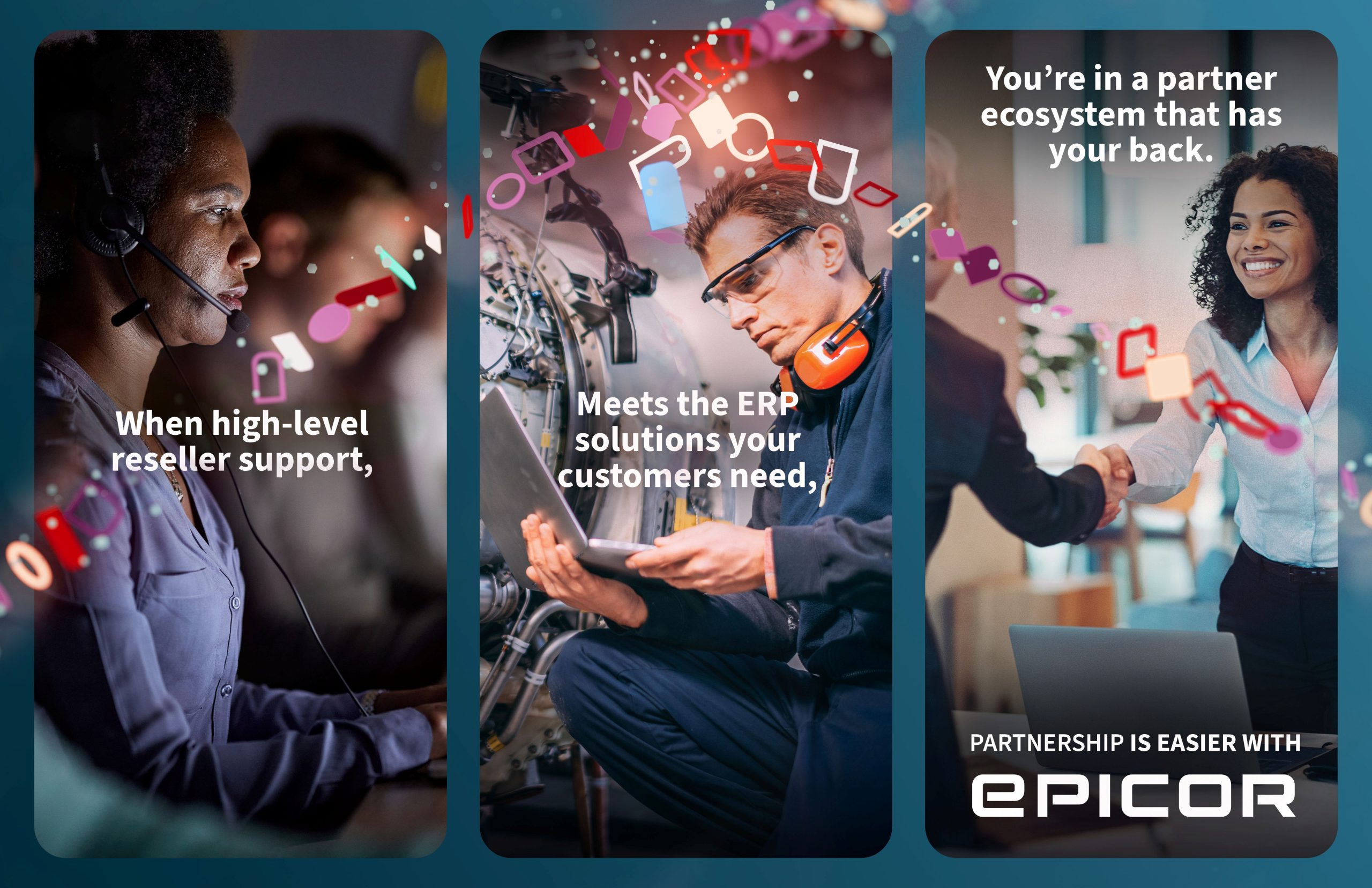Before selecting an ERP system, your ERP consultant should guide your organization through requirements gathering and business process reengineering. This is called an ERP evaluation, and here’s an inside look at what it takes, courtesy of Laura Florence, Senior Account Executive at Panorama:
How long does it take to do a selection project?
In terms of the first stage (ERP evaluation), we’re generally looking at three to six months, and that surprises a lot of folks, but there’s a lot of reasons behind that. We’re talking about an investment that is five to eight-percent of your annual revenue, and the project can take years to complete. An ERP system is designed to serve an organization for up to a decade, so if you make a mistake, this is a really expensive mistake that’s going to have long-term implications.
Now that we know we need to do a selection the right way, how do we go about it?
You start with the evaluation. Find an ERP consultant to take a look at your business requirements (e.g., the ability to handle multi-currency; the ability to track work in progress; the ability to define discounts based on a contract assigned by a client).
Business requirements don’t live in a vacuum; they are elements within business processes. While your ERP consultant is helping you define your requirements, they also will help you define your business processes.
If all you do is define your current business processes as the basis for ERP selection, you’re just automating inefficiency.
The next interim stage is to ask, “How do we go from our current state to a future state?” This is where business process improvement comes in. Organizations should hire a dedicated team of process improvement professionals with a strong methodology that utilizes Six Sigma. Once the team evaluates your business processes, they will recommend one of three options:
1. Out-of-the box. If your last ERP implementation was a decade ago, there’s a good chance that any new ERP system will inherently have the functionality you need. With your current ERP system, you may rely on customization or manual workarounds, but with the latest, greatest ERP system, your processes could require just a click of a button. ERP software, like anything else, is continuously improving. As user groups request new functionality, ERP vendors are continuously upgrading and developing their technology.
2. Processes First. You may be able to improve your business processes separate from technology, which is fantastic. You can realize immediate benefits when you change the way you do business to become more efficient and effective. If you change your business process before changing the technology, the technology adoption becomes easier, and, in terms of organizational change management, you have an advantage.
3. The Next Level. Your organization may require technology to take it to that next level of efficiency. In that case, your ERP consultant will document processes in terms of specific business and technical requirements and provide this to ERP vendors as you move into the selection phase.
How long will my organization’s ERP selection take?
As you can imagine, if you are manufacturer of widgets with a single location and single business function, the ERP evaluation process might only take a couple of weeks. However, if you have multiple business units and multiple locations across the globe, you need to gather requirements for each location while identifying which requirements can be consistent across locations and which should be unique. Your organization’s number of locations is the most significant variable determining the length of your ERP evaluation – it can range from a couple of weeks to several months.



